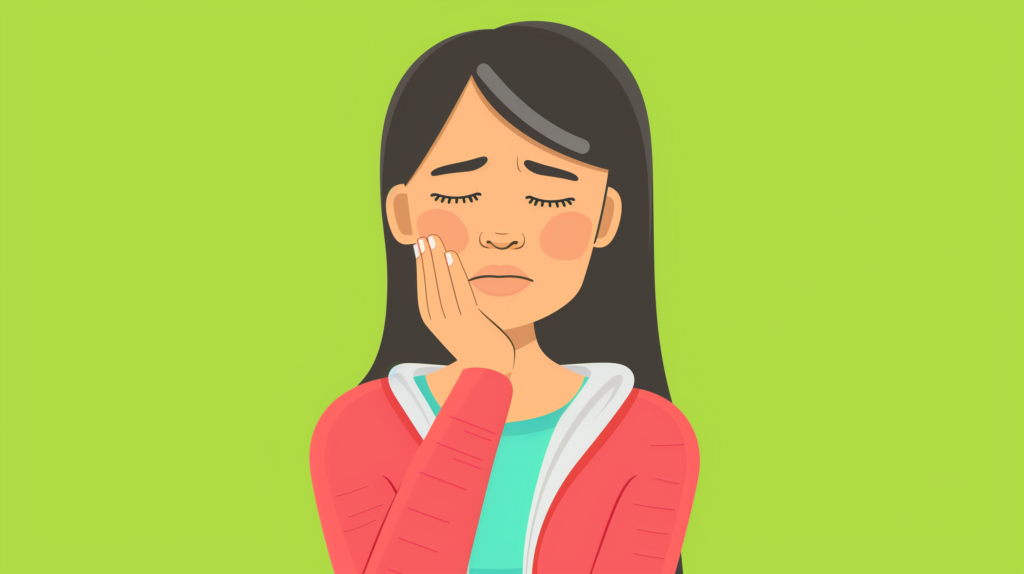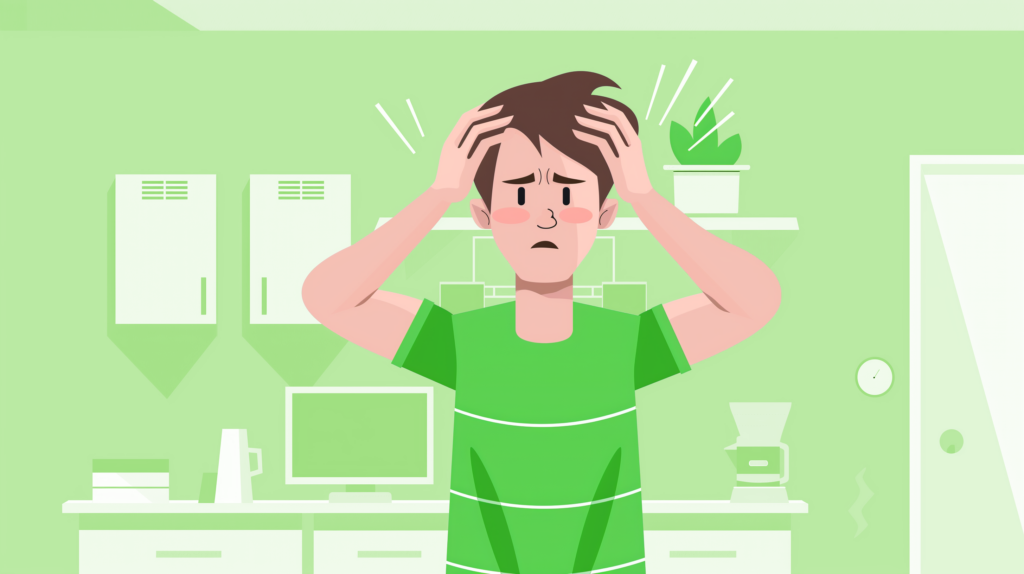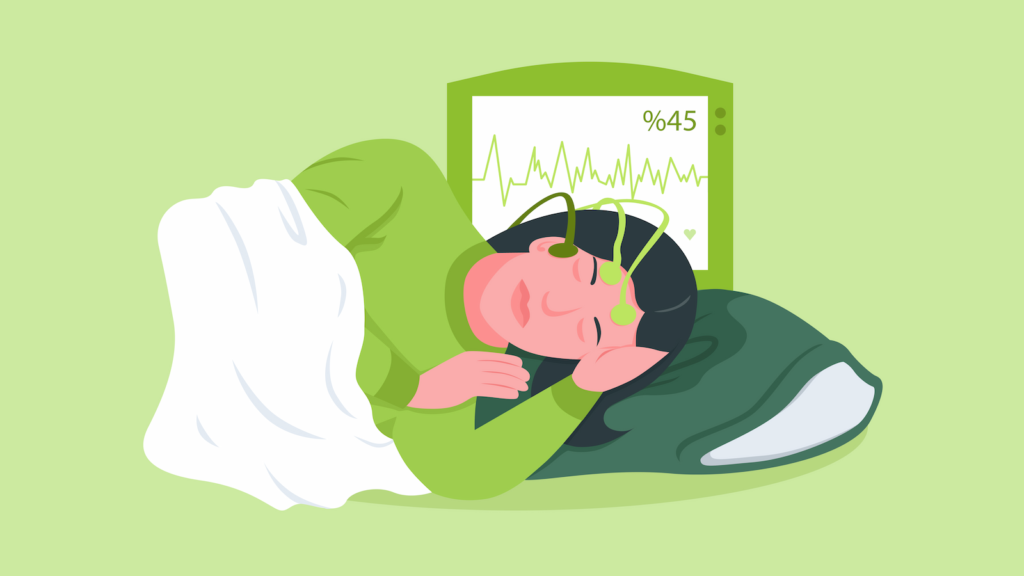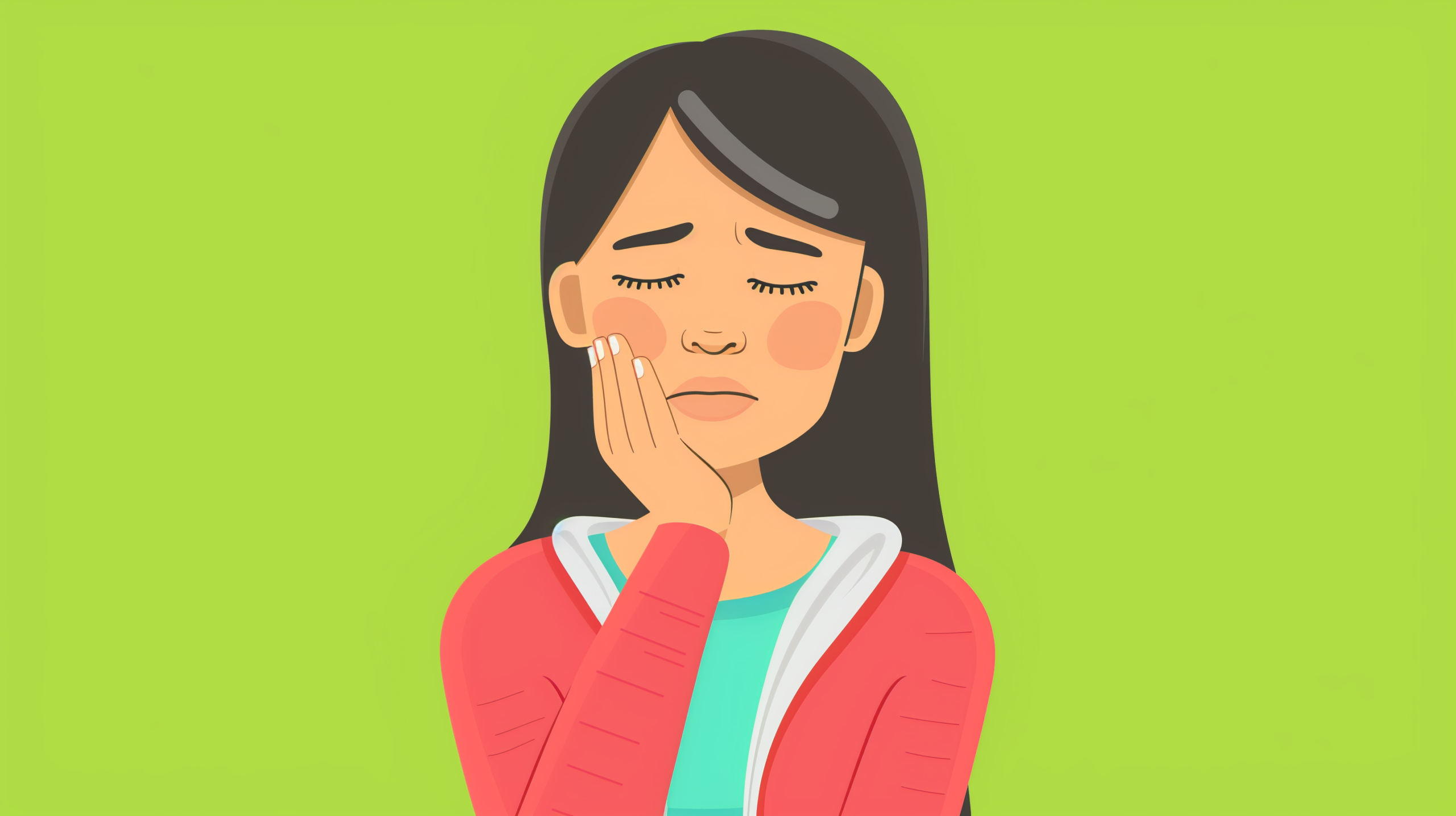Are you struggling to understand the complex relationship between sleep apnea and teeth grinding (also known as bruxism)? You’re not alone.
Navigating this intricate maze can feel overwhelming, and without proper knowledge, achieving restful and restorative sleep may seem like an unattainable goal.

But don’t despair—understanding these conditions and their interplay is crucial for charting a path toward improved sleep and overall well-being.
In this overview, we’ll look at the science between both of these conditions, how they interact, and options you might have for forging a path forward to restful, rejuvenating sleep once again.
Understanding Sleep Apnea and Teeth Grinding (Bruxism)
Recognizing the characteristics and symptoms of sleep apnea and bruxism is essential for effectively managing them.
Obstructive Sleep Apnea (OSA) is a serious disorder characterized by repeated episodes of partial or complete obstruction of your upper airway during sleep.
This obstruction reduces oxygen levels in your body, triggering frequent awakenings and disrupting your natural sleep cycle.
If you experience loud snoring interspersed with periods of silence, gasping for air upon awakening, daytime fatigue, morning headaches, or difficulty concentrating, you may be experiencing symptoms of OSA.

Sleep-related bruxism, on the other hand, involves the unconscious clenching and grinding of your teeth during sleep.
This repetitive jaw-muscle activity is estimated to affect approximately 10% of adults and 15% of children, though many may be unaware of their condition as it occurs while asleep.
Bruxism can lead to various dental issues such as tooth wear, fractures, and periodontal disease, as well as secondary problems like facial pain, headaches, and earaches upon waking.
Early diagnosis is crucial for implementing effective treatment strategies and maintaining your oral health and overall well-being.
Exploring the Connection Between Sleep Apnea and Teeth Grinding
Numerous studies have uncovered a compelling correlation between OSA and bruxism.
Evidence suggests that a substantial proportion of individuals diagnosed with OSA also exhibit signs of bruxism during sleep.
A study in the Journal of Oral & Facial Pain and Headache found that 33% of OSA patients in their study experienced nocturnal bruxism, a rate notably higher than that observed in the general population.
Polysomnographic (sleep study) data backs up this connection.
In many cases involving patients with both conditions, sleep studies have revealed that bouts of tooth-grinding activity often follow apnea episodes.

This provides compelling evidence for a relationship beyond mere coincidence.
Despite the solid epidemiological evidence and supportive sleep study findings, understanding the precise mechanisms underlying the co-occurrence of OSA and bruxism remains complex.
Most existing studies are observational rather than experimental, making it unclear whether one disorder directly causes the other. Further investigation is necessary to unravel the intricacies of this relationship.
Possible Explanations for Co-existence Of Sleep Apnea And Bruxism
Several theories attempt to explain the link between OSA and sleep-related bruxism, though more scientific evidence is needed to confirm these hypotheses definitively.
One theory suggests that OSA may be a risk factor for triggering bruxism.
This idea stems from observations of increased activity in the chewing muscles during apneic events, which could potentially lead to teeth grinding. However, this hypothesis does not fully account for cases where individuals develop bruxism without a history of OSA.
Another perspective proposes that sleep-related bruxism could contribute to the development of OSA.
This viewpoint considers that teeth grinding may cause upper airway alterations, leading to airway obstruction during sleep. Like the previous hypothesis, this explanation also fails to comprehensively address instances where both conditions occur together.
A more complex interpretation suggests that multiple overlapping mechanisms may contribute to the simultaneous development of OSA and bruxism.
This model considers various factors, including genetic predisposition, shared lifestyle risks (such as smoking, weight, and alcohol consumption), stress responses, and neurological connections.
This multifaceted relationship offers valuable insights into the concurrent existence of these conditions and is also helpful to consider when optimizing treatment strategies when they present together.
What Concurrent Sleep Apnea And Bruximsm Means for You
Recognizing the concurrent existence of sleep apnea and bruxism can significantly impact the management of these conditions.
However, this isn’t a bad thing overall.
It presents opportunities for tailoring treatment strategies to address both disorders simultaneously, enhancing your treatment outcomes and providing you and your healthcare specialists with more tools to improve your quality of life.

Continuous Positive Airway Pressure (CPAP) therapy, a well-established treatment for OSA, has shown promise in alleviating symptoms of both conditions.
CPAP involves using a machine to deliver pressurized air through a mask during sleep, keeping your upper airways open and promoting uninterrupted breathing. Interestingly, research has demonstrated improvements in nocturnal teeth grinding among OSA patients undergoing CPAP therapy.
This suggests positive airway pressure devices may serve as dual-action treatments, concurrently reducing respiratory disturbances and jaw muscle activity during sleep.
Mandibular advancement devices (MADs) offer another therapeutic option, particularly if you have mild to moderate OSA or are unable to tolerate CPAP machines.
These oral appliances work by repositioning your lower jaw and tongue forward, maintaining an open upper airway throughout the night.
Studies have shown a reduction in clenching forces associated with MAD usage, indicating their potential to manage both OSA and bruxism simultaneously.
MADs also protect tooth surfaces against further wear caused by nighttime grinding, making them especially suitable for people with both issues.
However, it is crucial to recognize that individual responses to treatment can vary widely. As such, it’s essential to talk to your doctor or sleep specialist about options—before beginning treatment for both conditions and as treatment progresses—to optimize the benefits and ensure your overall safety.
Frequently Asked Questions Related to Sleep Apnea and Teeth Grinding
Is sleep apnea related to grinding teeth?
Yes, the two conditions may be related. Studies have found a significant correlation between sleep apnea and bruxism, also known as teeth grinding. However, researchers are still exploring the exact nature of this relationship.
Does CPAP stop bruxism?
Continuous Positive Airway Pressure (CPAP) devices can help manage sleep apnea and associated symptoms like bruxism by maintaining open airways during sleep.
Can a nightguard make sleep apnea worse?
If you have obstructive sleep apnea, an ill-fitted or bulky nightguard may sometimes exacerbate breathing issues. Consult a healthcare provider for personalized recommendations.
Can breathing problems cause teeth grinding?
Breathing difficulties, such as those experienced in obstructive sleep apnea, could trigger stress responses, leading to behaviors like teeth grinding during sleep. However, further research is needed to confirm this theory.
Can stress worsen sleep apnea and teeth grinding?
Stress can exacerbate both sleep apnea and teeth grinding. It may lead to more frequent apnea episodes and increased jaw clenching or grinding. Managing stress through relaxation techniques, exercise, or therapy may help improve these conditions.
Are there any lifestyle changes that can help with sleep apnea and teeth grinding?
Maintaining a healthy weight, avoiding alcohol and smoking, establishing a regular sleep schedule, and practicing good sleep hygiene can all help to improve symptoms of both OSA and bruxism. Discuss specific changes with your healthcare provider to ensure your approaches are right for you.
Can children experience sleep apnea and teeth grinding?
Yes, children can develop sleep apnea and bruxism. Signs may include snoring, restless sleep, mouth breathing, and toothwear. If you suspect your child has these issues, consult a pediatric sleep specialist or dentist for proper diagnosis and treatment.
Conclusion
Navigating the complex relationship between sleep apnea and teeth grinding may seem daunting. However, understanding this relationship gives you the information needed to approach your doctor for further answers and treatment options.
By understanding the characteristics of these conditions, their potential explanations for coexistence, and the available treatment options, you are better equipped to chart a course toward restful and restorative sleep.
While the path to improved sleep may not always be straightforward, there is hope for those seeking relief from the challenges posed by sleep apnea and bruxism. If you need CPAP supplies to help with your sleep apnea and teeth grinding, we’re waiting to help.
CPAP Supply is Canada’s leading online CPAP supply store in customer satisfaction. Our extensive selection, affordable pricing, and personalized service ensure you can find the best CPAP machines and accessories to meet your needs and get a restful night’s sleep.
Call us today to discuss your options!
References:
- Journal of Oral & Facial Pain and Headache: Prevalence of Sleep Bruxism and Its Association with Obstructive Sleep Apnea in Adult Patients: A Retrospective Polysomnographic Investigation
- Sleep Foundation: The Link Between Sleep Apnea and Teeth Grinding
- Smile On Chicago: The Link Between Obstructive Sleep Apnea and Teeth Grinding
- SleepApnea.org: Teeth Grinding & Sleep Apnea

